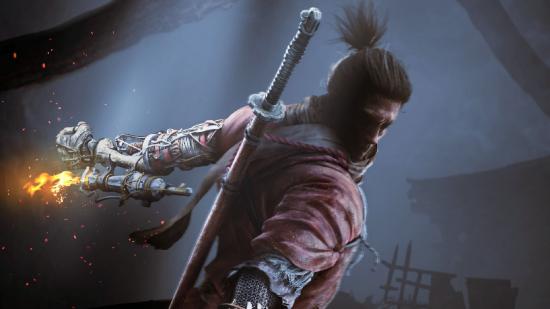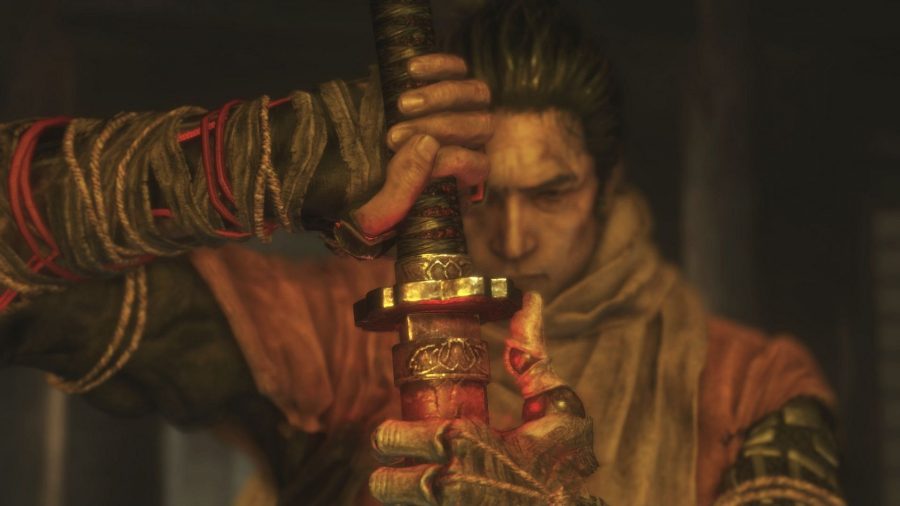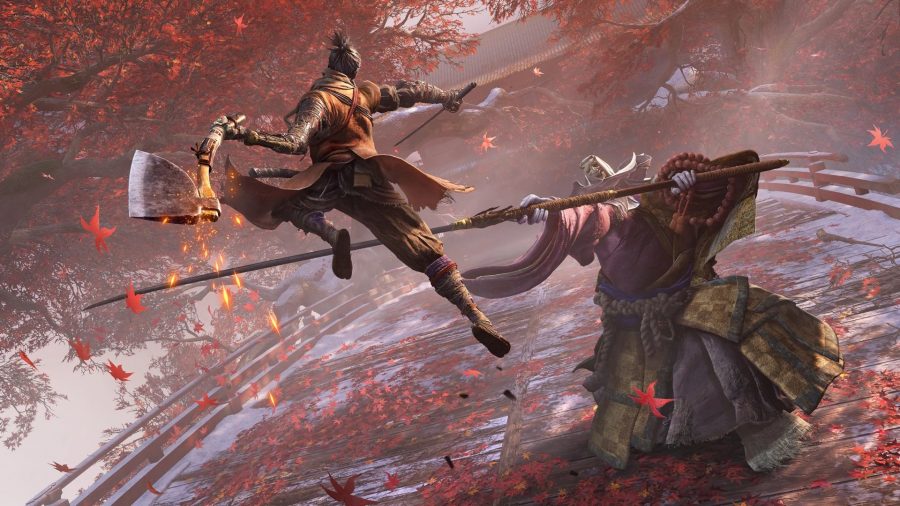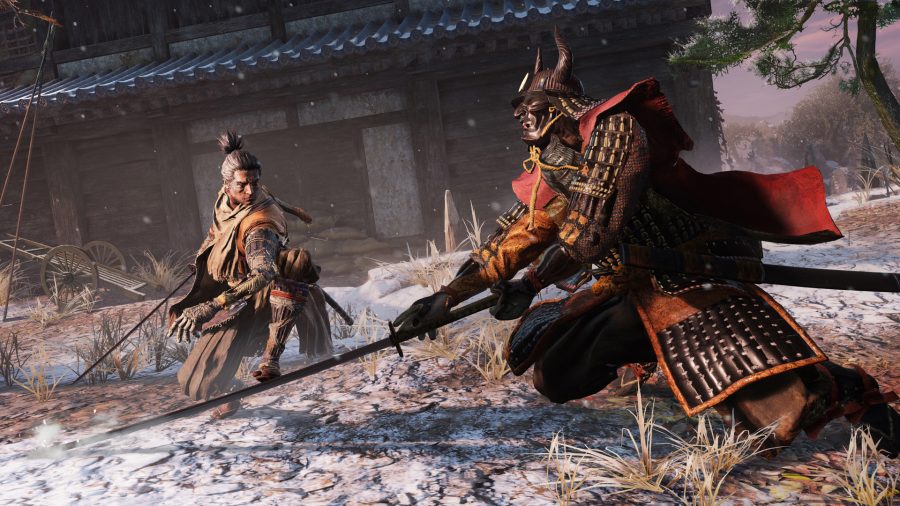Few other games get close to delivering the thrill, the sheer elation, of overcoming a boss in a FromSoftware game. The devastating lows of being pummelled over and over again by a Sekiro boss is matched only by the exhilarating glory of hard-fought victory. It’s a high that hardened Soulsborne players insatiably chase in the course of multiple New Game Plus runs.
As with other games like Dark Souls, you must submit yourself utterly to FromSoftware’s singular vision, or prepare to die. This has been the cause of debate recently as people on one side argue that there should be a Sekiro easy mode, while others say such an addition would tamper with Miyazaki and his team’s artistic vision. But what if beating this punishing slog through Sengoku Japan is not a question of skill but one of physical capability?
Mark Saville is the communications officer at SpecialEffect, a UK charity that specialises in using technology designed to help physically disabled people enjoy videogames. With eye-gazing tech and adapted controllers in their loadout, this Oxfordshire charity assist people in sharing in the intoxicating joys of videogames we often take for granted.
We spoke to Saville about the difference between accessibility and difficulty, how game designers can better facilitate disabled players, and how far technology can go to ensure we can all play the games we want.
PCGN: Some see Sekiro’s difficulty as exclusionary, but others say to change that would affect FromSoftware’s artistic vision. What are your thoughts on that?
Mark Saville: The challenge of games, at whatever level, is a large part of what can make a game appealing and entertaining. We all have different levels to which this challenge may be achievable. Whether a game allows you to make it ‘harder’ or ‘easier,’ the challenge can still be equal.
How do you explain the difference between difficulty and accessibility?
Difficulty and accessibility options can make a game more accessible to someone, or even make it playable where before it may not have been at all. We generally see difficulty as part of accessibility, and vice versa. While a game may ask you what ‘difficulty’ you would like from the start, other accessibility options can change the difficulty in different ways.
What are the most effective ways of making games more accessible besides multiple difficulty options?
We have a Wish List which gives general guidelines on the types of areas to consider when implementing accessibility. Our work concerns physical access to games. We create personalised controller layouts with hardware and software to help an individual access the games they want to play.
Therefore, many of the issues we experience are related to control and input requirements. For instance, the timing required for button presses, the need to hold down buttons, and the specific inputs needed to play can be aided by suitable options within the game, such as ‘tap to hold’ toggle options and controller remapping settings.
How has technology helped widen accessibility and how do you see it improving in the future?
We use many different types of technology in our work, such as adapted controllers and eye gaze technology. The more technology options available, the more personalised solutions there are for individual custom controls. With something like the Xbox Adaptive Controller being made by a first party developer and the compatible peripherals, there is scope for creating a customised controller which is then supported by Microsoft’s platforms.
For eye gaze technology, we use additional software to make it compatible with some games. The hope is that such interfaces will improve, so this technology can be compatible with more games.
What do game designers need to do better to include disabled gamers?
We hope that accessibility will become a normal consideration when making a game and part of the standard development process. Involving a wide range of players in testing can generate feedback on existing barriers in a game to help developers create relevant solutions. There are also guidelines available from organisations passing on what they have learned in making games more accessible.
Is helping disabled gamers play hard games like Sekiro important to SpecialEffect?
We aim to help individuals play the games they want to play. Often the people we work with are unable to play any game before we start working with them, while others may only need support accessing more complex games. We work with them to create a controller setup that will suit their needs.
Related: Venture into the best action-adventure games on PC
Sometimes this is made easier or harder by the game’s settings. For instance, if a setting is absent, they may require a more complex controller setup as opposed to a game that allows them to make customised changes. People get different things from playing different types of games, so it’s important for us to help players play the games they want to play.



